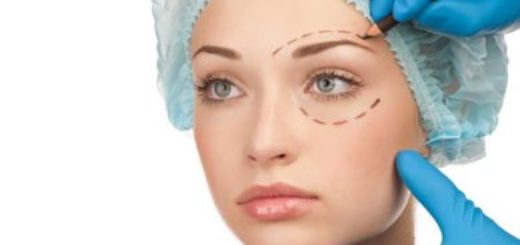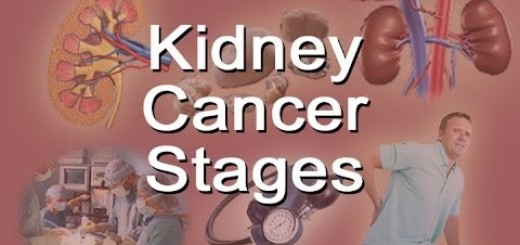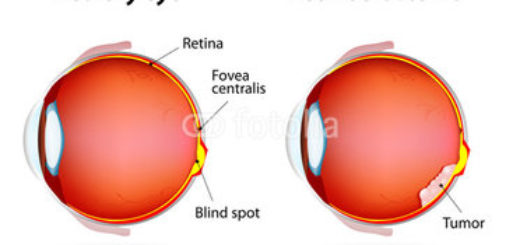Glycogen metabolism, synthase and importance, Regulation of glycogenolysis and glycogenolysis
Fats are the main source of energy in the human body, they are only mobilized during prolonged periods of starvation from adipose tissue by lipolysis, in the human liver, fatty acids are not transformed into blood glucose. If starvation is very prolonged, proteins are also used as an energy source. Glycogen can be stored in animals, fungi & bacteria, The polysaccharide is the main form of glucose in the body. The major dietary source of galactose is lactose obtained from milk & milk products.
Glycogen metabolism
Glycogen metabolism includes Glycogenesis and Glycogenolysis.
Glycogenesis
It is the intracellular synthesis of glycogen from glucose. The main site is the cytosol of liver and muscle cells. In the liver, it forms 8-10% of its wet weight, and in muscle, it forms 1-2% of its wet weight. Most other cells may store minute amounts. Synthesis of glycogen from UDPG requires the presence of two enzymes: glycogen synthase and branching enzyme.
Glycogen synthase
This is the key enzyme for glycogen synthesis. It catalyzes the transfer of glucose units from UDP-G to glycogen primer (an already existing chain of glucose molecules) so that C1 of activated glucose of UDP-G is linked to C4 of the terminal glucose unit in the glucogen primer (growing glycogen) by α 1, 4 glucosidic linkages. This process can be repeated and produces an elongation of the branches up to a minimum of 11 glucose residues. This is immature glycogen.
Branching enzyme: [amylo (1,4 → 1, 6) transglucosidase]
It transfers parts of the elongated chain (minimum length 6 glucose residues) from one branch to be linked to the nearest chain by α 1, 6 glycosidic linkages forming a new branching point. The new branches are elongated by glycogen synthase and the process is repeated.
Importance of glycogen
- Liver glycogen functions as a glucose reserve for the maintenance of blood glucose concentration especially between meals. After 12-18 hours of fasting, liver glycogen is depleted.
- Muscle glycogen is present to serve as a fuel reserve for ATP generation within the muscle itself only during concentration. Muscle glycogen is depleted after prolonged exercise.
Regulation of glycogenesis
Covalent modification by hormones: Glycogen synthase is the key enzyme of glycogenesis. It is present in 2 forms:
- Active dephosphorylated form (a-form). Insulin effect.
- Inactive phosphorylated form (b-form). Glucagon effect in liver and epinephrine effect in liver and muscle. (revise these effects in glycolysis).
Allosteric regulation of glycogenesis:
- G-6-P activates glycogen synthase. Accumulation of G-6-P means that the cell is not in need for more oxidation and ATP production.
- Glycogen: inhibits glycogen synthase.
Glycogenolysis
It is an intracellular breakdown of glycogen to form G-1-P which is converted to G-6-P. Its main site is the cytosol of the liver and muscles. It is catalyzed by glycogen phosphorylase and two other enzymes.
Glycogen phosphorylase
The step catalyzed by phosphorylase is the rate-limiting in glycogenolysis. Active glycogen phosphorylase in the presence of inorganic phosphates acts on the α 1, 4-glucosidic linkages of the outermost (terminal branches) of glycogen molecules, (between C1 of the terminal residue and C4 of the adjacent one) leading to the formation of successive molecules of G-1-P, removing one glucose unit at a time. The action of the enzyme stops when there are four glucose residues on either side of a 1 → 6 branch.
Another enzyme
α 1,4 → α 1, 4 glucan transferase. It transfers a trisaccharide unit from one branch to the other, exposing the α 1, 6 branch point.
Debranching enzyme: Amylo 1,6-glucosidase:
It catalyzes the removal of the last glucose residue at the branching point by adding H2O producing free glucose, leaving a chain for further phosphorolysis by the phosphorylase enzyme. G-1-P formed by phosphorolytic cleavage of glycogen is converted into G-6-P by phosphoglucomutase.
In liver and kidneys, G-6-P is converted into free glucose + Pi by G-6-phosphatase. So, the liver can release glucose into the blood to maintain a relatively constant level of blood glucose. In the muscles, G-6-P is retained and cannot be different out of cells due to the absence of G-6-phosphatase, so, muscles can utilize it to produce ATP for itself.
Phosphorolytic cleavage of glycogen is more advantageous than hydrolytic cleavage because:
- The released units from glycogenolysis by phosphorylase are G-6-P which will enter glycolysis in muscle without need to be phosphorylated at the expense of ATP.
- G-6-P inside the muscle cells can’t diffuse out of the cells, whereas glucose can.
Regulation of glycogenolysis
Covalent modification by hormones: Norepinephrine and epinephrine (in liver and muscle) or glucagon in the liver only activate glycogen phosphorylase, while insulin inhibits it.
Allosteric regulation
- G-6-P and ATP inhibit glycogen phosphorylase because their elevated levels indicate that the cell isn’t in need of more energy and there is no need to breakdown glycogen.
- AMP stimulates glycogen phosphorylase in muscles.
- Calcium indirectly activates phosphorylase in muscle and liver.
Glycogen storage diseases
- Von Gierke’s disease is due to a deficiency of glucose 6-phosphatase.
- Mc Ardle syndrome is due to a deficiency of muscle phosphorylase.
Metabolic inborn errors include mainly:
- Essential Fructosuria is due to a hereditary deficiency of the fructokinase enzyme. It is an asymptomatic condition.
- Hereditary Fructose Intolerance is due to hereditary deficiency of the liver enzyme aldolase B. It is characterized by attacks of hypoglycemia which may lead to death.
Galactose metabolism
The major dietary source of galactose is lactose obtained from milk and milk products. The digestion of lactose occurs by lactase enzyme (β-galactosidase) of the intestinal mucosal cell membrane. Some galactose can also be obtained by lysosomal degradation of complex CHO such as glycoproteins and glycolipids, which are important membrane components as well as from the turnover of the body’s own cells. Like fructose, entry of galactose into cells is not insulin-dependent.
Galactosemia is an inherited disease due to deficiency of the galactose 1-phosphate uridyl transferase (most commonly) also due to inherited defects in galactokinase, or 4-epimerase, and characterized by mental retardation, diarrhea, and cataract.
Gluconeogenesis steps, regulation, importance & Maintenance of blood glucose
Citric acid cycle importance, definition, steps, products, location & inhibitors
Carbohydrate Metabolism, Importance & Hormonal regulation of glycolysis
Cellular respiration, Structure of ATP and types of fermentation
Immune system structure, function, cells & Types of body defense mechanisms



